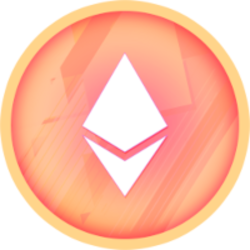The stock market once again shrugged off tariff threats from President Donald Trump , notching another winning week , but investors may be getting too comfortable with the trade war, according to Piper Sandler. The latest trade news came on Thursday, when Trump said his administration was preparing to implement “reciprocal” tariffs to match the perceived burden of levies placed on U.S. products by other countries. The exact timeline for the latest tariffs is unknown, as Commerce Secretary Nominee Howard Lutnick said the studies around the tariffs would be done by April 1. That squishy timeline, and the fact that other Trump tariffs were delayed shortly after they were announced, may have allowed investors to relax. The S & P 500 is now up about 2% since Trump’s inauguration, even with the constant drumbeat of a potential multifront trade war. .SPX 3M mountain The stock market is up since Trump’s inauguration on Jan. 20. But the market needs to take these reciprocal tariffs more seriously, said Andy Laperriere, head of U.S. policy research for Piper Sandler. “One explanation is it will take weeks or months for Trump’s plan to be hashed out. A better explanation is a lot of investors are beginning to think Trump may be more bark than bite when it comes to tariffs. We think that is a mistake. Trump has been aggressive in almost every imaginable way since he was elected. He will follow through on tariffs,” Laperriere said in a note to clients. One issue around the reciprocal tariffs is that the Trump administration appears to want to include value added taxes as part of the calculations. A VAT is often thought of as a type of sales tax rather than a tax on imports, but the U.S. leaders seem to think it puts their country’s products at a disadvantage. VATs are a key part of the financial structure of many major countries, meaning it may be tricky for the U.S. and its trade partners to find an acceptable deal involving those levies. Data compiled by Piper Sandler shows that Japan and Australia have a VAT or similar tax of 10%, while the United Kingdom and France are at 20%. Some other European countries are even higher than that. “Almost every one of our trading partners has a VAT and the rate generally falls in the 10-20% range. If that counts as a discriminatory trade barrier, then his reciprocal tariffs could be enormous,” Laperriere said.






































